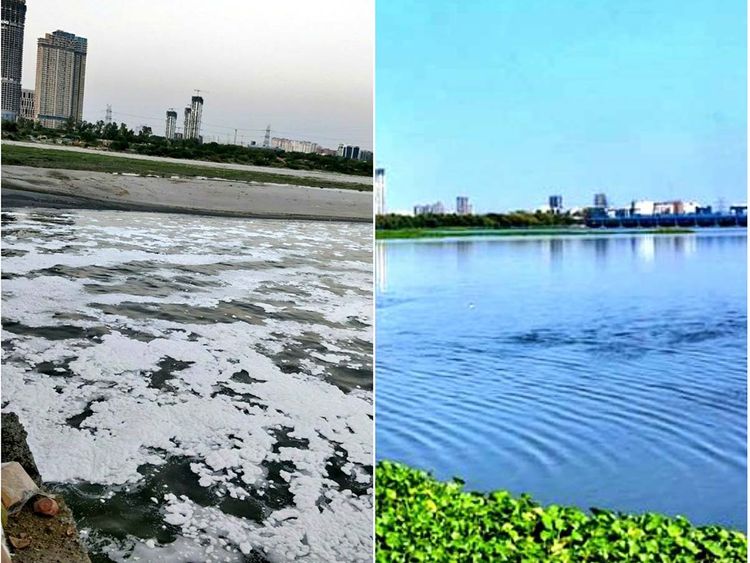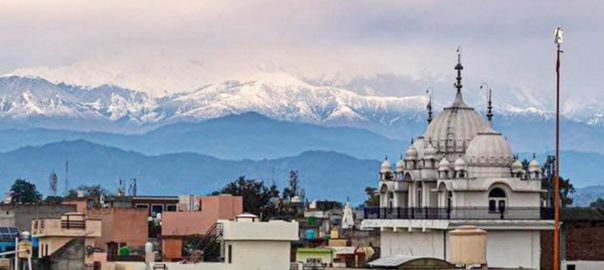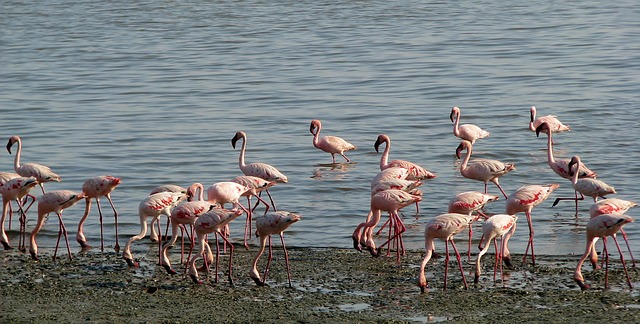Most people living in the city of Jalandhar, Punjab had not seen the Himalayan ranges from here in the last 30 years. But last March, amidst an all India lockdown with no car or industrial fumes to cover the skies, the Dhauladhar mountain range, part of the Himalayan range in Himachal Pradesh, emerged and became visible again in Jalandhar.
Thanks to the absence of cars on the road, planes in the skies and bulldozers inside forests, the skies are blue again all over the world. The global lockdown might have brought many challenges for people, but if the weeks of home quarantine has provided our planet something – it is the time to rest and rejuvenate.
Also Read: That Elusive Breath of Clean Air
Measurements from the European Space Agency’s Sentinel-5P satellite show that the levels of nitrogen dioxide (NO₂) over cities and industrial areas in Asia and Europe were 40% lower in January and February 2020 than in the same period in 2019.
Nitrogen dioxide is the same foul gas which is mostly released road transportation and power plants. It can increase respiratory illness and cause severe trauma for those suffering from asthma or other breathing issues. It can also worsen the symptoms for those with heart conditions. But since the global lockdown came into effect, the amount of nitrogen dioxide released into the air has reduced immensely.
In the UK, after the lockdown was announced on March 24, pollution in some cities fell to as much as 60% as compared to the same period in 2019. In the US, New York and a few other cities saw a reduction of 30% air pollution in March 2020.
“The coronavirus has a broad social impact,” according to the Dutch scientists who have been monitoring air data over Europe. “The measures in a large part of the world lead, among other things, to a sharp reduction in road traffic, air traffic, shipping, and industrial activities. This, in turn, leads to a reduction in emissions of climate pollutants, such as carbon dioxide and nitrogen dioxide. The decrease in the amount of air pollution goes hand in hand with a decrease in economic activity.”
Cleaner air across India
In India, the Centre for Research on Energy and Clean Air (CREA) recorded an overall 18 % reduction in petroleum product and fossil fuel use in March 2020 as compared to March 2019 which drastically reduced the number of air pollutants.
In Maharashtra, Mumbai was reported to have 81% less Nitrogen dioxide recorded over a six weeks period between February 17 and March 29.
In New Delhi – the most polluted city in the world – the air quality improved dramatically post the lockdown. On March 20, the air had an unhealthy 91 micrograms per cubic meter of PM2.5. On March 27, just a couple days into the lockdown, that level fell to 26 micrograms per cubic meter. Anything above 25 is considered unsafe, according to the World Health Organization but such a drastic fall would have been unthinkable with the usual traffic in the capital.
Photos circulated on social media also show a cleaner Yamuna River flowing through the city which on other days is seen frothing because of the amount of industrial effluents passed into the sacred river.

The Long Term Goals
While it feels nice to glimpse at the Himalayas, see a cleaner Yamuna and inhale fresh air, we all recognize that this is a temporary phase. As soon as the lockdown is over with the industries, and transportation operating again, the cloak of foul air will begin to paint the skies grey again.
Or perhaps not.
Perhaps this temporary global experiment – as uncomfortable as it is for the economy – would help open the eyes of individuals, industrialists and policymakers. Perhaps the improved air quality would force them to change directions towards a sustainable future which is less reliant on a fossil-fuel based economy and unleashes the potential of clean energy sources.
There is a lesson to be learned for individuals like you and me who can survive and thrive with much less. We do not need to take the car out for every minor outing. Walking, cycling, using hybrid non-polluting vehicles can solve the purpose of going from point A to B as conveniently as using a bike or a car.
Now, more than ever, the shift to low emission standards needs to be enforced and become a new norm just the way social distancing is being accepted as a new normal.
In a world fighting the COVID-19 crisis, there is another argument for taking care of the air quality.
Scientists, researchers and doctors have confirmed that people who have a weaker immune system and are already suffering from pulmonary disorders are more vulnerable to the coronavirus infection.
The Cornell University explains, “Asthma and chronic obstructive pulmonary disorder involve reduced lung function, and a greater susceptibility to lung inflammation; moreover, patients with these disorders often use corticosteroid immune-suppressing drugs, which reduce immunity to respiratory infections.”
Thus, other than helping the planet stay healthy, conscious utilization of resources and reducing carbon emissions can enable more people to stay healthier and fight the virus.
According to UNEP, air pollution kills more than 6 million people every year, and is the biggest environmental health risk of our time. While the vaccines for the coronavirus outbreak will come out in due course, the choice we have right now is to stay healthy, safe and strong. And one way to do it is to keep are atmosphere healthy too.






Such a lovely piece, Atula. Just shared it.
Thank you.